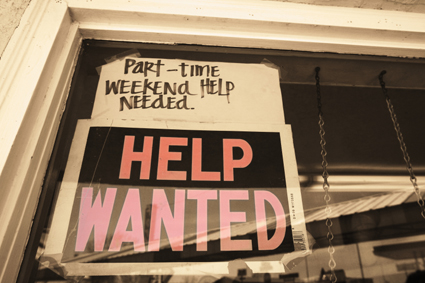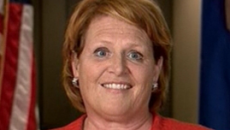The Part Time Economy

America got a jobs report today that, at first blush, looks somewhat positive. The unemployment rate fell to a four-year low at 7.5%, and non-farm payrolls added 165,000 jobs which was more than expected. We also saw upward revisions for the jobs numbers in two previous reports.
That being said, the labor force participation rate was still stagnant at a near-record low 63%, and a lot of people who want full-time work still can’t find it as James Pethokoukis points out:
While the American economy added 293,000 jobs last month, according to the separate household survey, the number of persons employed part time for economic reasons — “involuntary part-time workers” as the Labor Department calls them – increased by almost as much, by 278,000 to 7.9 million. These folks were working part time because a) their hours had been cut back or b) they were unable to find a full-time job. At the same time, the U-6 unemployment rate — a broader measure of joblessness that includes discouraged workers and part-timers who want a full-time gig – rose from 13.8% to 13.9%.
What’s more, there wasa 0.2 hour decline in the length of the average workweek. This led to 0.4 percentage point drop in the index of average weekly hours, “equaling the largest declines since the recovery began,” notes economist Dean Baker of Center for Economic and Policy Research.
A growing number of part-time workers, and a declining number of hours worked, is hardly indicative of a strengthening economy. But with employers slashing hours, and holding back on hiring, in advance of Obamacare it’s not hard to understand why it’s happening.







